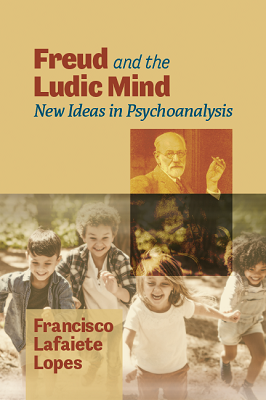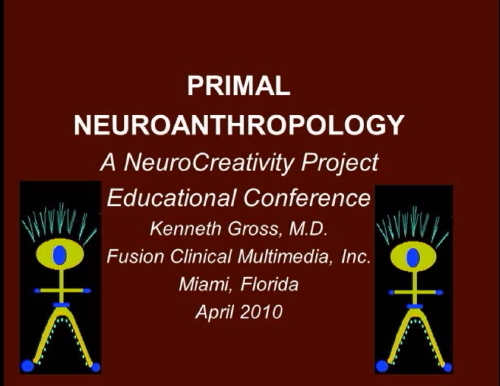Click Here to Read: Retired Oakland judge has shocking theory about infamous Lindbergh kidnapping. And it’s catching on By Kevin Fagan in the San Francisco Chronical on January 2, 2024.



Click Here To Purchase Freud and the Ludic Mind: New Ideas in Psychoanalysis by Francisco Lafaiete Lopes.
Freud and the Ludic Mind: New Ideas in Psychoanalysis
What would happen to psychoanalytic theory if, instead of adopting the death drive──drive toward death and destruction──Freud had chosen to conceptualize the ludic drive, merely mentioned by him in his studies?
Freud and the ludic mind: new ideas in psychoanalysis were initially written for readers with a psychoanalytic background, but other readers may also take advantage of it. The psychoanalyst will see what happens when the author introduces the hypothesis of a ludic drive into the classical Freudian model──an impulse for living an active life, a life in which one is all the time doing, feeling, talking, listening, or imagining something. He hypothesizes that the ludic drive results from an innate intolerance for inactivity. The result is a new theory of the mind that, in a peaceful and nonexclusive way, incorporates many recent developments of psychoanalysis into the classical Freudian construction. It opens a wide range of new possibilities for clinical activity.
This book provides a broad and profound reflection on possible paths of psychoanalysis, with a theoretical framework built on contributions by Freud, Hartmann, Alexander, Hendrick, Mahler, Winnicott, Kohut, Melanie Klein, Bowlby, and others. It merges the core ideas of major psychoanalysis schools Continue reading Freud and the Ludic Mind: New Ideas in Psychoanalysis From IPBooks
Click Here to Download to View: Primal Neuroanthropology: A NeuroCreativity Project Educational Conference by Kenneth Gross

Click Here to Purchase: Primal Neuroanthropology© A Neuro-sports Hypothesis By Kenneth B. V. Gross, M.D..
Click Here to Purchase: Primal Sports II: A Psychoanalytical, Psychoneurological and Neurosociological Treatise with New Game, Myth, Philosophical and Satire Extras by Kenneth Bruce Van Gross, M.D.